Week recap — 24 September 2019
by Alexandre ProkoudineInkscape 1.0 beta is out with native macOS support
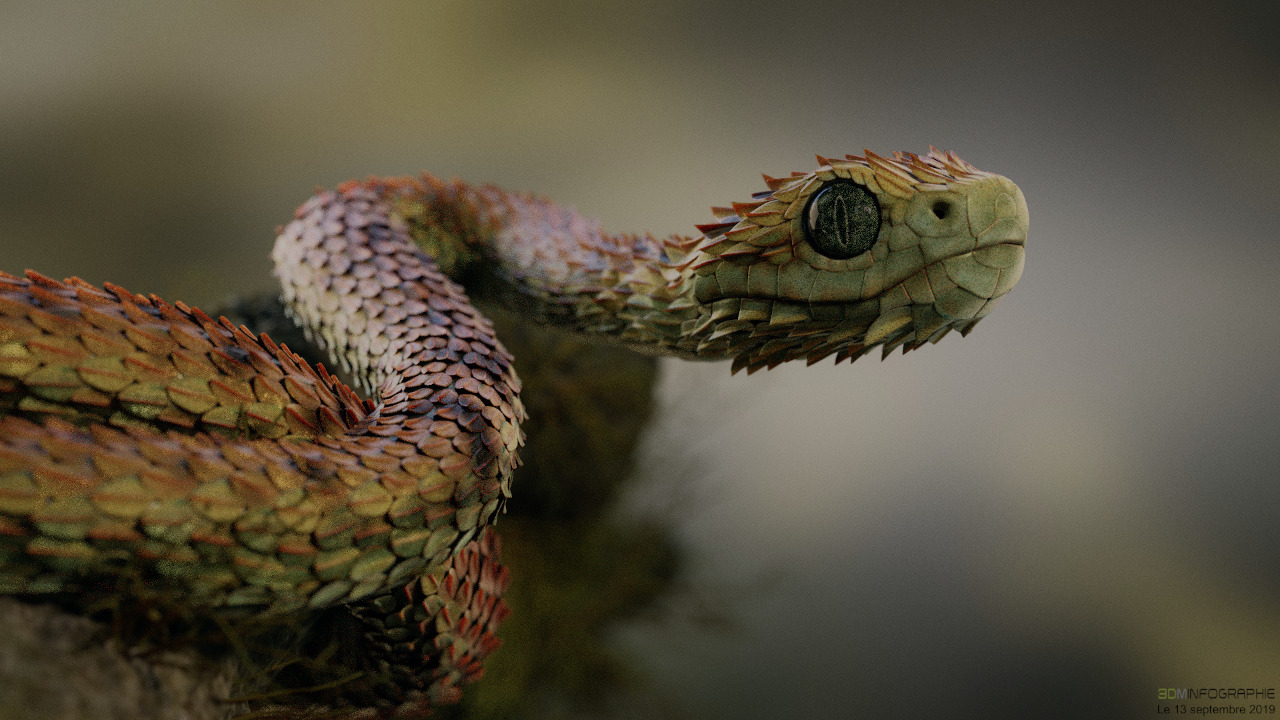
Week highlights: Inkscape 1.0 beta released, GIMP is getting built-in Normal Map filter, Krita team brings more improvements and bugfixes, darktable team is wrapping up v3.0 development, new versions of OBS Studio and Shotcut.
Graphics
It’s been a few interesting weeks over at GIMP and GEGL.
First off, the master branch of GIMP can now optionally be built with Meson thanks to Félix Piédallu. There are more bugs to flesh out, but it basically works. For developers, this decreases local build times. Most users will probably be unaffected.
Ell continued his work on the out-of-canvas feature set, adding an option requested from users — making it possible to preserve canvas padding color instead of using the checkerboard when the Show All option is on. You can either set it on per-image basis or make it used by default.
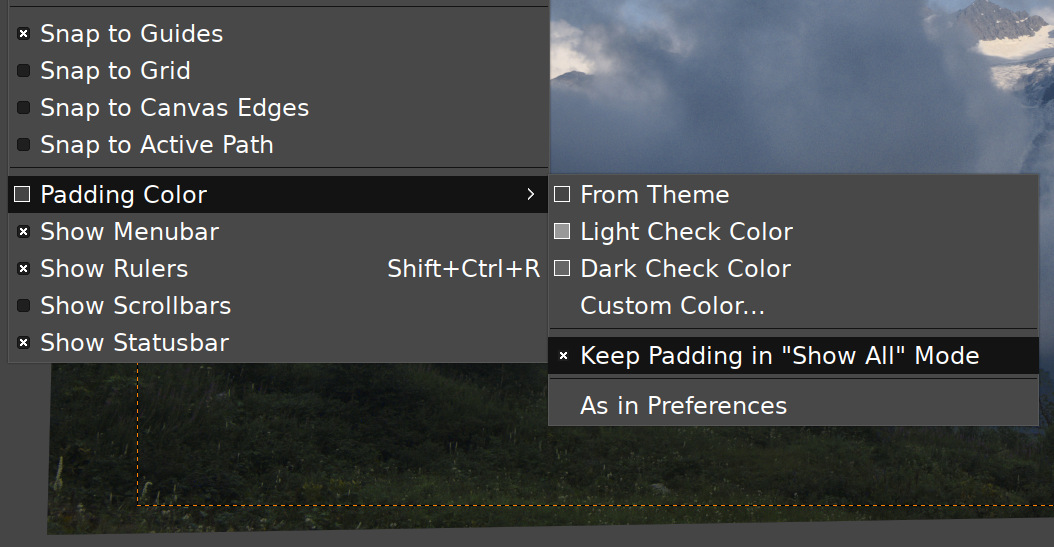
Michael Natterer and Jehan continued working on plugins API. In particular, Michael started addressing a few 17 years old feature requests asking for a way to make plug-in settings be persistent across sessions and a Reset button. An existing patch for the former is yet to be pushed to the main development branch, the latter already works in the old Despeckle filter used as a testbed.
Another new feature added by Ell is changing compression type for tile swap. It looks puzzling and overly technical until you know what his intention is:
I have a long standing plan of automatically ramping up the compression when you’re running out of swap space, to buy you more time to save everything and regroup :) Right now, this option is there mostly for experimenting/extra control.
Ell also contributed a new GEGL operation, Normal Map, currently sitting in the workshop, which means it’s not yet built by default. Basically it’s because he’s not done with it yet. Some features like filter type choice are still missing.
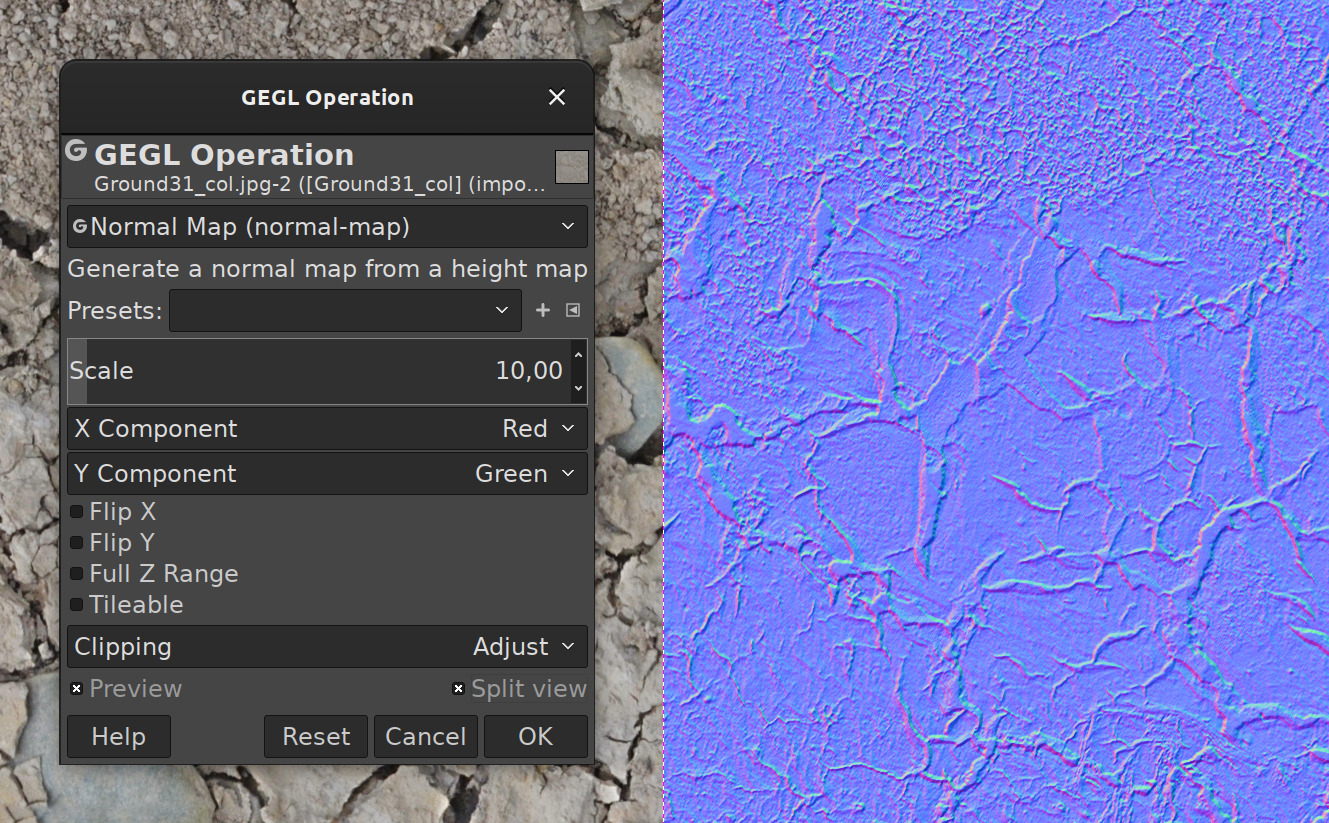
It’s hard to say if this will make it to GIMP 2.10.4 (if, like me, you build GIMP with workshop enabled, you don’t need to worry). We’ll see.
The Krita team recently released version 4.2.6 mostly with bugfixes (over 120 people participated in beta-testing). Two new features are: ‘New layer from visible’ command now available in layer’s right-click menu, and Angle is now used as the default renderer on Windows.
The master branch is seeing some good action too. Agata Cacko added a simple progress bar for saving KRA files to improve visual feedback. Thanks to Lynx3d, screen color picker can now pick from reference images too. Oh, and Boudewijn Rempt fixed a crapton of resource and memory leaks.
Wolthera continues hacking on SAI files support in a dedicated branch of Krita. Recently, she added some tests to validate correctness of loading the data, then added basic layer style support, basic masks support (more fixes to follow), implemented the Binary blending mode, fixed clipping groups to load correctly, and added support for reading/applying the DPI value.
Inkscape 1.0 beta is finally out! This has been years and years in the making, and it will hopefully soon be completed.
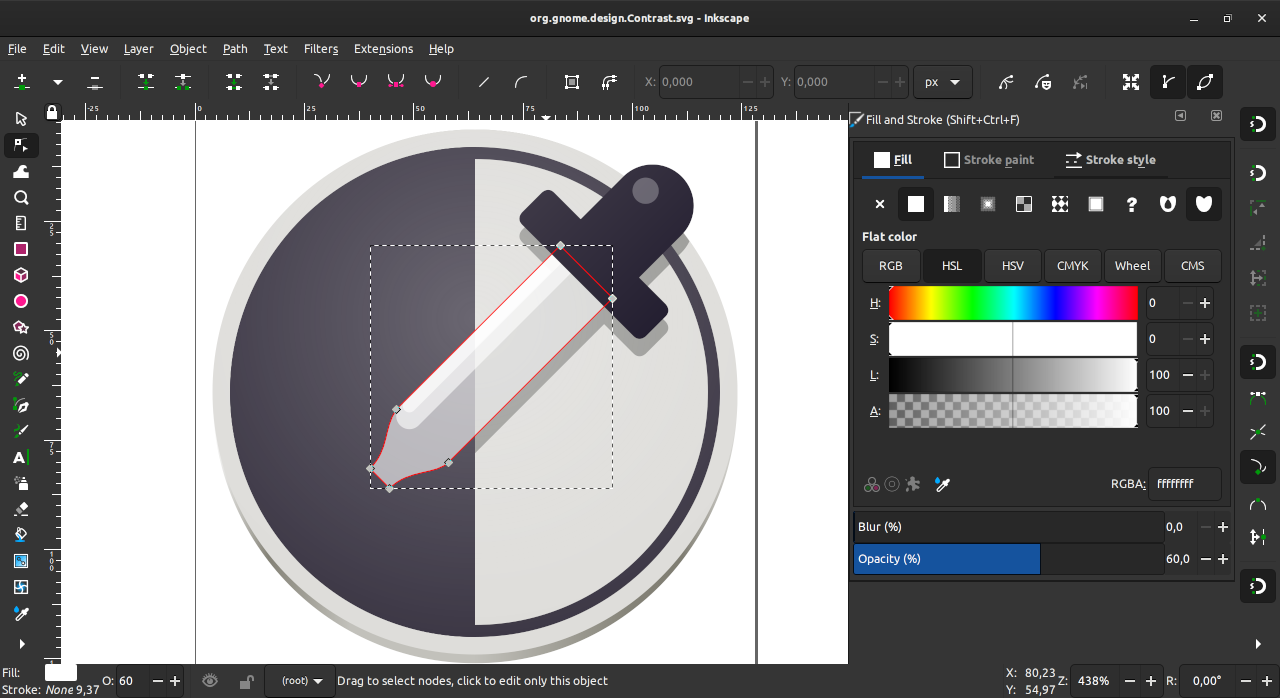
Some of the highlights of the upcoming release are:
- Optional coordinates origin in top left corner
- Canvas rotation and mirroring
- Better HiDPI display support
- Centerline tracing
- Tons of live path effects improvements
- Variable fonts support
MacOS users will also love native UI and signed/notarized .dmg files.
One of the interesting aspects of the beta release is the new multicolor icon theme and advanced theming options.
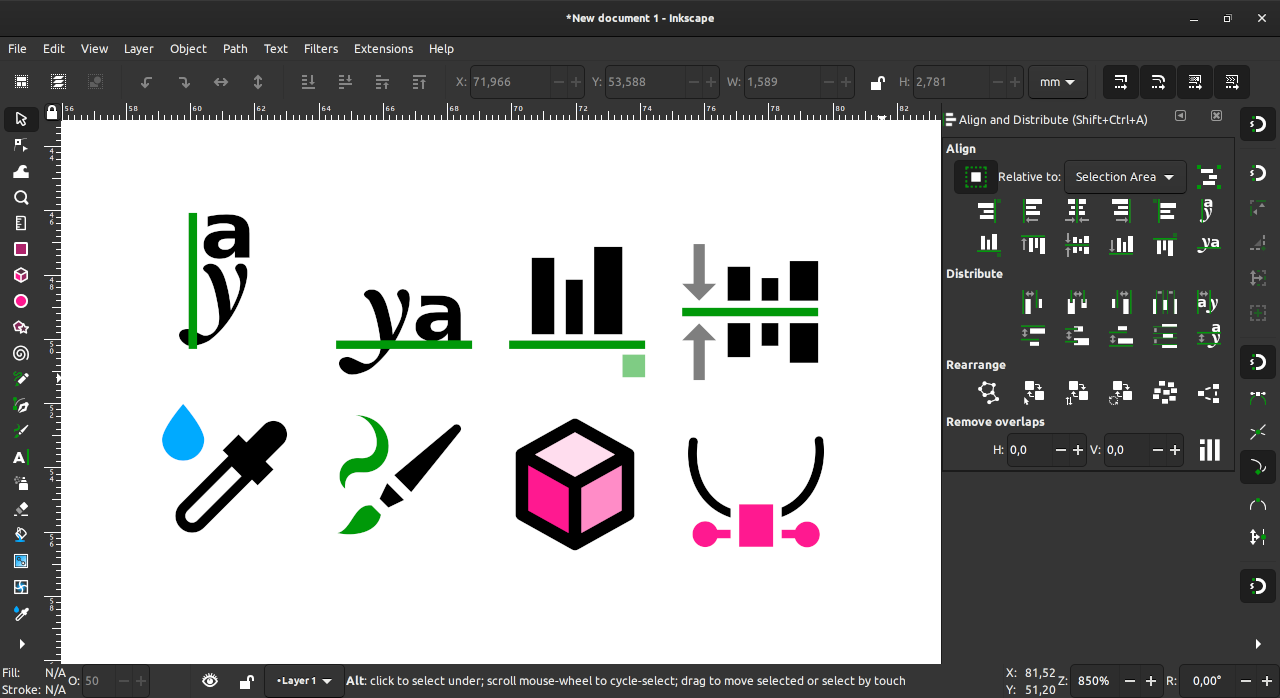
Basically, the theme is designed around several key colors that can be changed in the Preferences dialog (the red, the green, and the sky blue colors on the screenshot above).
Downloads are up at https://inkscape.org/release/1.0beta1/platforms/.
Photography
The darktable team seems to have started wrapping up writing new code. The next release, v3.0, is likely to be done around winter holidays time.
Aurélien Pierre finally merged tone equalizer, a darktable module he’s been working on for a good part of the year. The module is essentially another take at separating lightness into zones (blacks, shadows, midtones etc.) and adjusting them selectively.
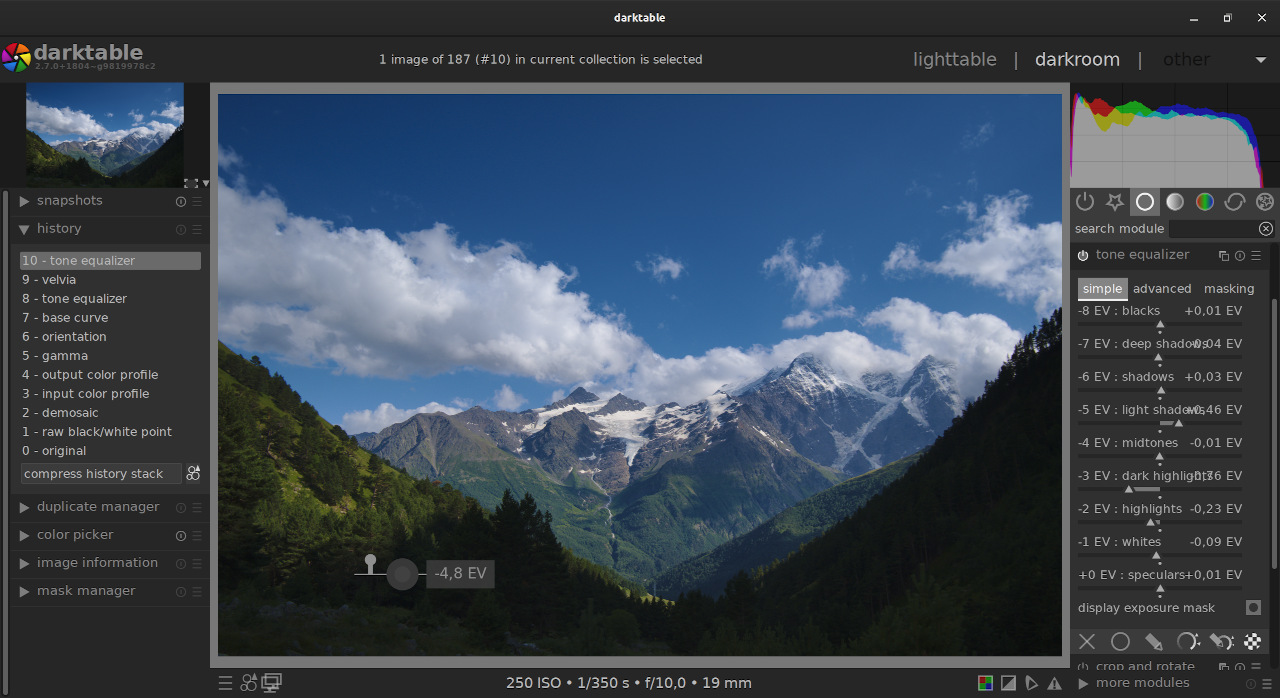
The module has some on-canvas interaction seen on both screenshots: hover over a region that belongs to a zone, then scroll the mouse wheel up or down to adjust EV. Adjacent zone will be compensated for, and unrelated zones won’t be affected at all.
There’s slightly more advanced UI that displays zone and the histogram and allows “painting” right over the EQ curve to tweak it.
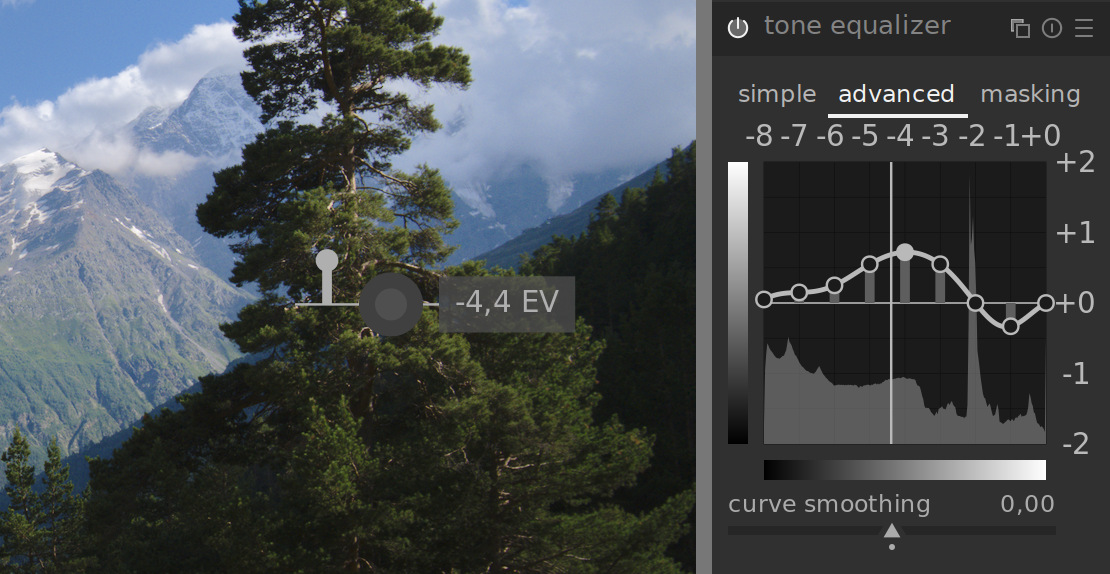
For a background information on this feature, there is probably no better source than a dedicated thread over at Pixls.us. (One more important change, filmic v3, is better left for the next weekly report).
Speaking of which, another new fun project is ART, or Another RawTherapee. It’s a friendly fork of the well known photography application, also announced at Pixls.us. Alberto Griggio started it to flesh out some ideas for the original project. He ended up sticking to his fork because of how far the changes went.
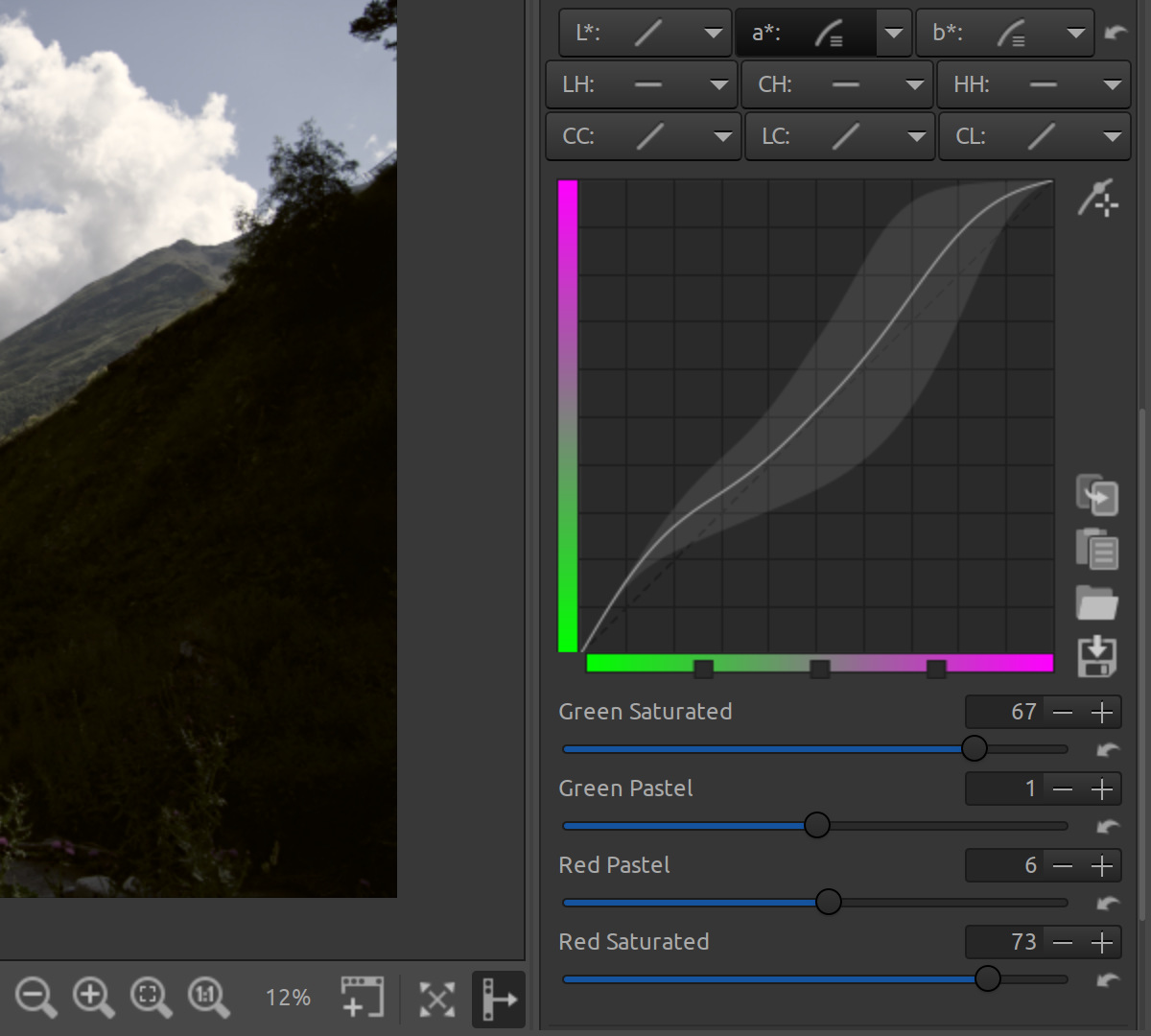
So far, Alberto seems more inclined to focus on local editing tools, in particular advanced masking tools, reusing darktable code/ideas where applicable (his tone equalizer is based on an earlier version of the darktable’s module), and streamlining the pipeline to his liking.
Source code is over at BitBucket.
Franco Comida merged the librtprocess integration code into the main development branch of Luminance HDR. If you want to know, how this affects tone mapping in terms of rendering quality, see his old/new previews from a thread on GitHub. The improvement is quite spectacular.
3D and VFX
Blender news are nicely packed in another Blender Live session by Pablo Vazquez:
First appleseed 2.1.0 beta is released, featuring things like OSL shaders compilations on the fly, full support for Cryptomatte, and render checkpointing i.e. resuming multi-pass renders after they were interrupted.
Video
Hugh Bailey et al. finally made a much anticipated new release of OBS Studio, the free/libre video broadcasting and screencasting software. Some of the highlights:
- Ability to pause recording
- New option to automatically adjust bitrate instead of dropping frames
- Ability to select multiple sources on the preview
- Browser sources can now have their volume adjusted via the audio mixer
- Fixed hardware acceleration support for decoding media files
Get it from the project’s website.
More than that, Twitch joined NVIDIA and Logitech in sponsoring Hugh’s work on the project and committed to an unannounced annual donation that (it is safe to assume) surpasses 50 grand. The team will also have a booth (first time ever) at TwitchCon 2019 in San Diego.
Dan Dennedy released Shotcut v19.09.14 featuring multi-select for playlist and timeline, new default shortcuts, six new video filters, some other improvements, and a bunch of bugfixes. See the news post for more details.
Matt completed the transform effect in Olive, then went on setting up continuous integration including automatic builds for Windows, macOS, and Linux (AppImage). Hint: you can now grab Windows builds in the Artifacts section at Appveyor, but be warned that it’s alpha quality code. Great new features. But not ready for production yet. But so tempting… And yet… Oh well.
Alexandru Băluț created a merge request for Pitivi, that adds editing nested timelines — a new feature developed by project’s GSoC student Swayamjeet Swain over the summer. It looks like there’s some cleaning up to do before this can be merged.
Not a ton of things going on over at Cinelerra GG, but they recently removed a timebomb placed by Adam Williams over 10 years ago. It made Cinelerra unusable if the currently installed copy was too old (and thus there was a chance that any reportable bugs were already fixed in newer releases).
Meanwhile, Einar Rünkaru is single-handedly working on Cinelerra CVE. Most of the work is low-level under-the-hood stuff, although the keyframable Crop effect sounds end-userish enough to me.
Audio and music
Andrew Belt keeps expanding the ecosystem of VCV Rack. The modular synth now has a separate Chords module which is a quad-note chord sequencer, and you can now write new modules in JavaScript (support for more languages is coming).
Nils Hilbricht et al. announced initial schedule for this year’s Sonoj convention that is taking place on October 26-27 in Cologne, Germany. Some of the topics are JACK, Qtractor, Vital (a new synth), recording sample libraries from acoustic instruments etc.
Tutorials
New Krita timelapse from grafikwork:
New Blender tutorial by Nita Ravalj covers the topic of modeling fur:
Rositsa Zaharieva posted a new the-making-of timelapse for a painting she recently did with Krita.
Inkscape basics with Nick Saporito:
Artworks and showcases
The most impressive, hilarious and god knows what else showcase this past week was an attempt by Grant Wilk to create a microprocessor with Blender. Not model one, actually create one.
Here's a peek at the memory system for my Blender microprocessor.
— Grant Wilk (@remi_creative) September 22, 2019
Each register dynamically maps a block onto a plane depending on the the address and width.
The image will then be rendered out on a frame update (clock tick), and read back in on the other end.#b3d #blender3d pic.twitter.com/5ziDGOFFS7
Some more information:
Ladies and gentlemen ...
— Grant Wilk (@remi_creative) September 21, 2019
Tonight I cracked the code to storing memory using Blender's node editor.
This means that I can continue engineering my node editor microprocessor that will eventually become a computer.
Stay tuned. Stay creative.🤓#b3d #blender3d pic.twitter.com/uQPel1QHJo
Or just follow Grant on Twitter, this is fun!
Atheris Hispida might indeed one of the inspirations for dragons as creatures, as suggested in a BlenderArtists thread for this Cycles render of one, made by
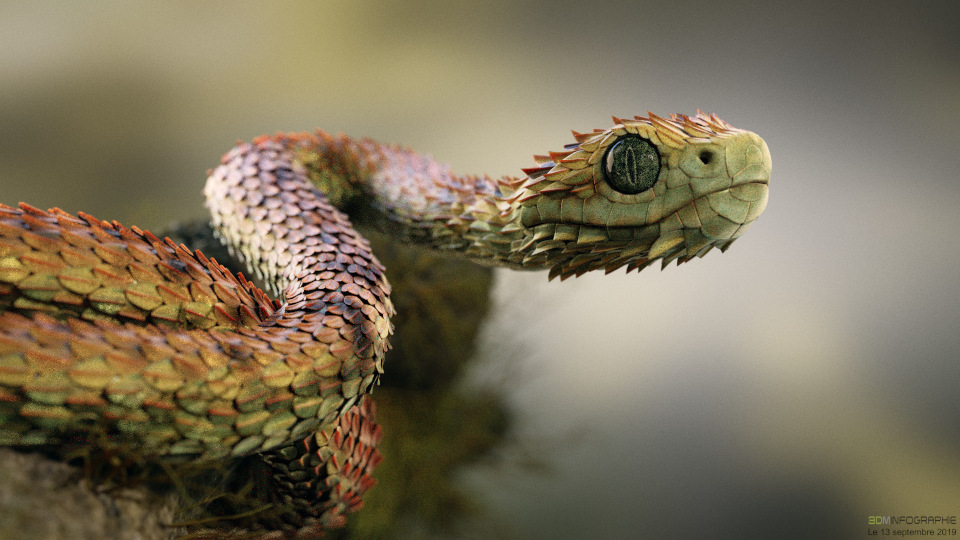
Lucas Falcao posted a few close-ups from his recent personal render that looks like taken out from a very cool animated movie. All done with Blender/Cycles.
Here some close up renders from the cat scene. #b3d #cycles #blackcat pic.twitter.com/VZwA9Stpkx
— Lucas Falcao (@lucasfalcao3d) September 18, 2019
Raghavendra Kamath posted another artwork made with Krita:

Marcelo Queiroz has been posting his renditions of DC superheroes on Inkscape‘s Facebook group for a while now, all work done with Inkscape and GIMP:
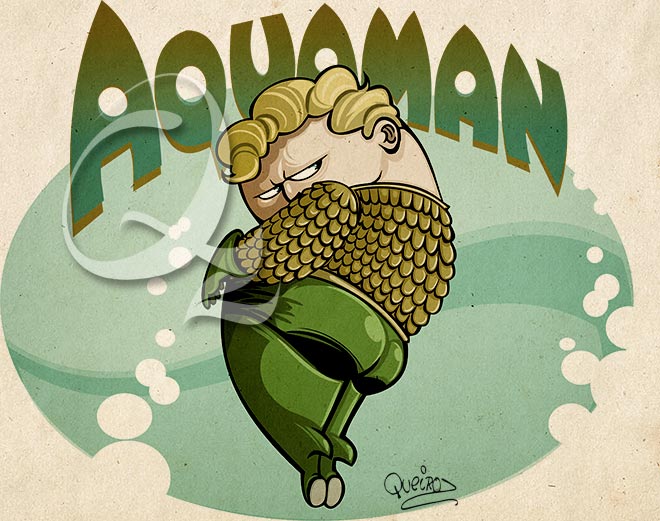
Patreon subscribers get early access to my posts. If you are feeling generous, you can also make a one-time donation on BuyMeACoffee.
